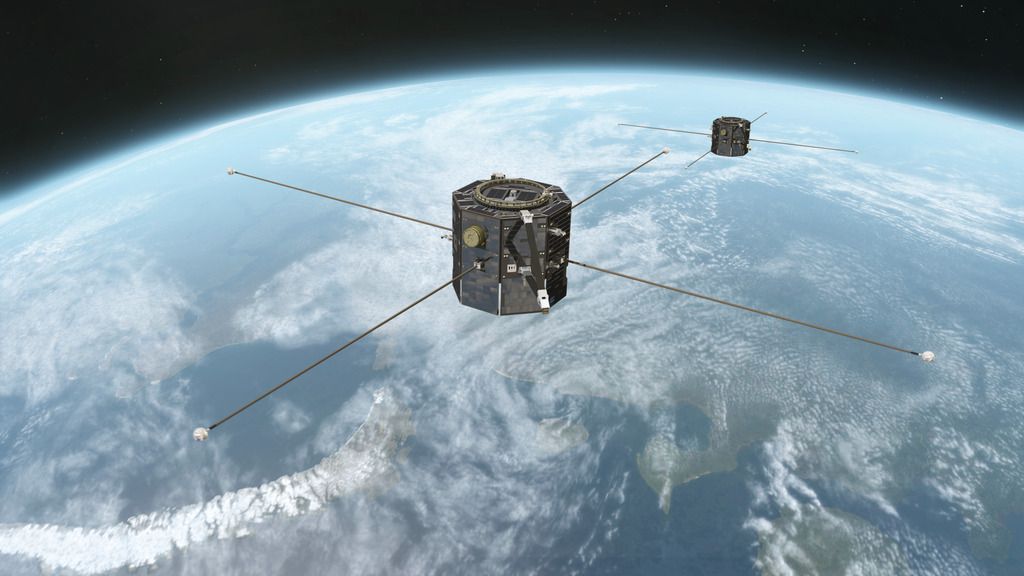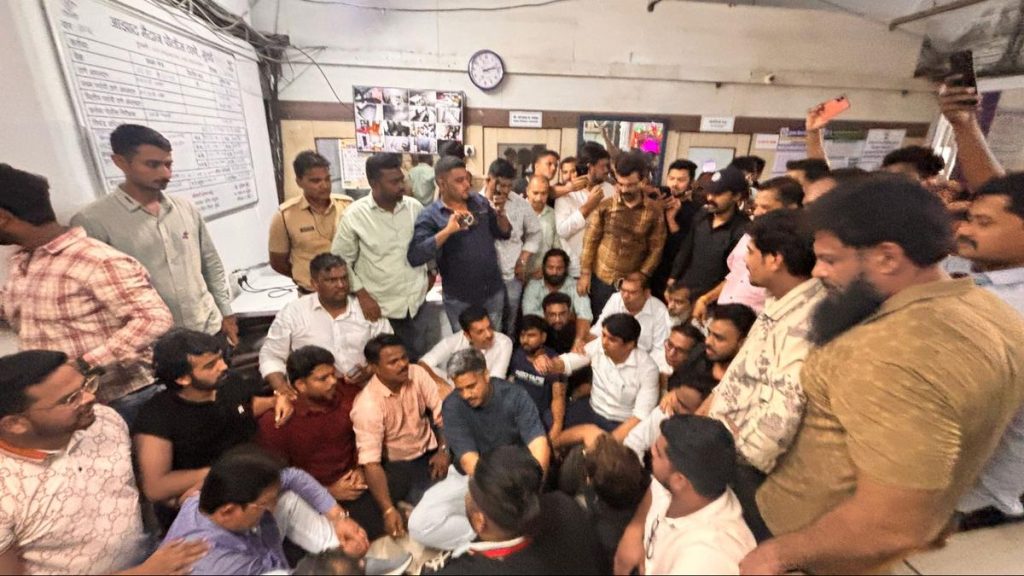Now Reading: NASA Launches Satellites to Monitor Space Weather and Solar Storms
-
01
NASA Launches Satellites to Monitor Space Weather and Solar Storms
NASA Launches Satellites to Monitor Space Weather and Solar Storms

Swift Summary:
- NASA’s TRACERS mission, a pair of satellites, will study magnetic storms and their impact on Earth’s atmosphere and space technology infrastructure.
- The satellites will fly in a sun-synchronous orbit and pass through Earth’s polar cusps, regions where magnetic-field lines dip down near the poles.
- Magnetic reconnection occurs when solar wind particles overload Earth’s magnetosphere,possibly causing auroras and affecting satellites or ground-based systems.
- TRACERS aims to better understand this process to improve predictions of solar weather impacts on GPS signals, interaction grids, power systems, space missions, and astronaut safety.
- Unlike earlier single spacecraft studies offering snapshots separated by time gaps, TRACERS will take closely spaced measurements with its dual satellite system for more detailed observations.
- The twin satellites will measure magnetic fields and also local ions and electrons affected during reconnection events.
- Other missions complementing TRACERS include NASA’s MMM (Magnetospheric Multiscale Mission), PUNCH (Polarimeter to Unify the Corona & Heliosphere), and EZIE projects studying solar interactions globally.
- Costing $170 million, TRACERS is slated for launch no earlier than late July via a SpaceX Falcon 9 rocket carrying other small-scale missions.
Images:
!Satellite floating above Earth
Caption: An artist’s impression of the two TRACERS spacecraft in low-Earth orbit (Image credit: University of Iowa/Andy kale).
!Earth’s Magnetic Field Infographic
caption: Earth’s magnetic field showing the polar cusps where field lines dip down (Image credit: Peter Reid/The University of Edinburgh).
Indian Opinion Analysis:
NASA’s upcoming TRACERS mission has significant implications for India as understanding space weather can mitigate disruptions to critical modern technologies like communications networks or GPS-enabled infrastructure that countries rely upon daily for economic activities. For India-where digital services are growing rapidly-such research aligns with global efforts toward protecting satellites vital for navigation systems used in agriculture logistics or defense operations from adverse space-weather effects.
Furthermore, India’s expanding aspirations in space exploration could benefit from collaborative insights derived from international missions such as these. While ISRO has successfully launched its own Earth observation frameworks like Gaganyaan preparations underway; longer-term partnerships combining heliophysics expertise might jointly enhance predicting solar-storm threats tools aimed safeguarding mutual benefits astranorderly outer-cooperationized planets’ layers boundaries expected nearer-to-earth-focused clusters researched targeting advanced layerings directlyamen

























